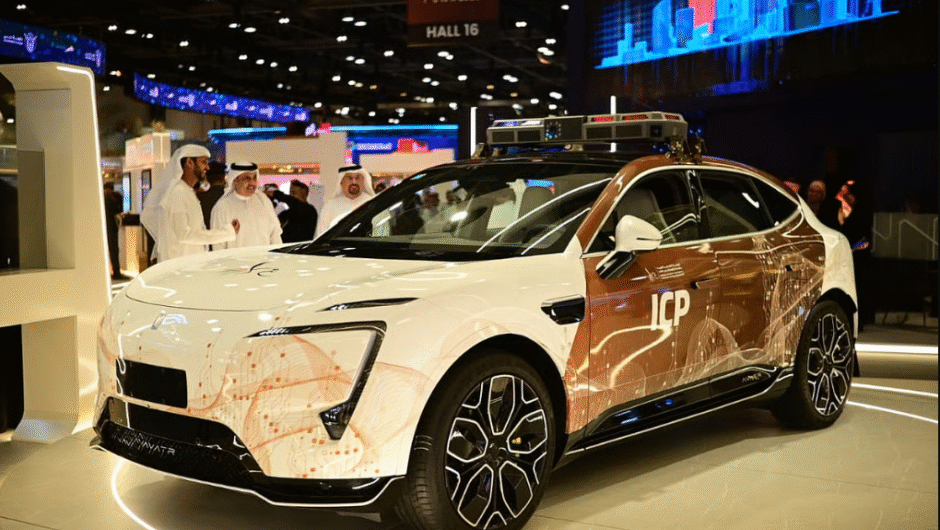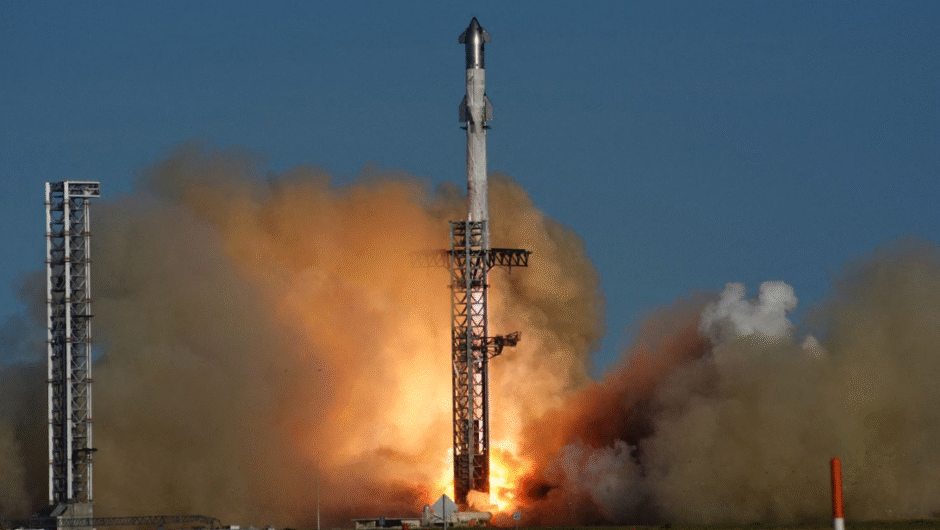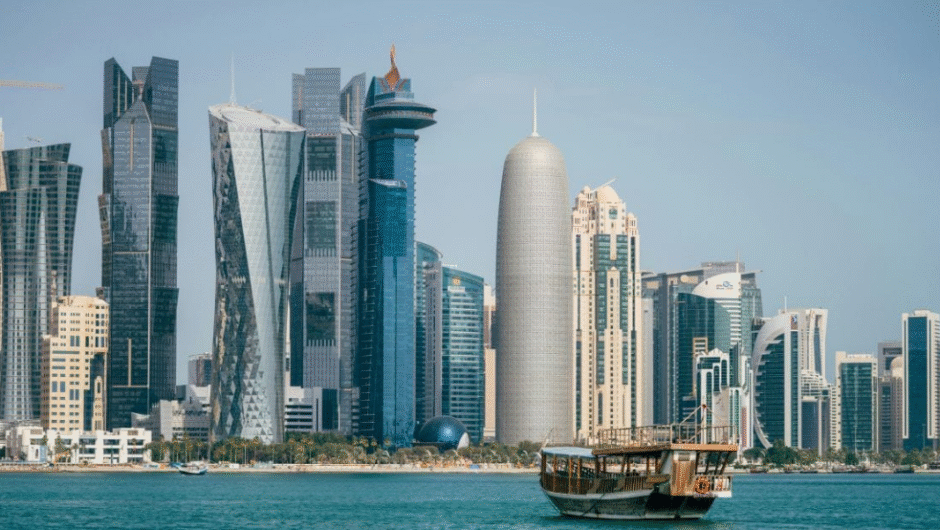A vibrant art exhibition in the United Arab Emirates is weaving together the rich tapestry of Pakistan’s cultural heritage with contemporary creativity, captivating audiences and bridging cross-cultural connections. Titled “Colors of Pakistan: From the Indus to the Emirates,” the event, hosted in Dubai’s iconic Alserkal Avenue, showcases over 100 works by 30 Pakistani artists, blending traditional crafts, modern art, and digital installations. Organized by the Pakistani Embassy in collaboration with UAE-based cultural platforms, the exhibition underscores Pakistan’s artistic diversity while fostering dialogue between the two nations.
A Symphony of Tradition and Innovation
The exhibition’s centerpiece is its bold celebration of Pakistan’s regional artistry. From intricate ajrak prints of Sindh to the vivid truck art synonymous with Pakistani highways, the displays pay homage to folk traditions that have thrived for centuries. Renowned artist Abdul Jabbar Gull’s miniature paintings, reimagining Mughal-era motifs with surrealist twists, stand alongside contemporary calligraphy by Sana Arjumand, who fuses Arabic script with abstract geometry. Meanwhile, digital installations by Karachi-based collective Canvas of Hope project animated renditions of Thar Desert landscapes, merging technology with storytelling.
Curator Amna Malik notes, “This exhibition isn’t just about art—it’s about identity. Each piece tells a story of resilience, creativity, and the evolving soul of Pakistan.” Interactive workshops on block printing and pottery-making further engage visitors, offering hands-on experiences of Pakistan’s craft legacy.
Bridging Cultures, Building Connections
Held in the UAE, a melting pot of over 200 nationalities, the exhibition serves as a cultural bridge. For the 1.5 million-strong Pakistani diaspora in the Emirates, it’s a nostalgic slice of home. For Emiratis and expatriates, it’s a window into Pakistan’s lesser-known artistic narratives beyond mainstream stereotypes. Dubai resident Fatima Al-Mansoori remarked, “I’ve never seen such dynamic use of color and symbolism. It challenges perceptions of Pakistan I once held.”
The event also highlights historical ties between the two nations. A dedicated section features collaborative works by Pakistani and Emirati artists, including a mixed-media piece blending Arabic khatt calligraphy with Punjabi folklore motifs. UAE art patron Sheikh Khalid bin Mohammed observed, “Art transcends borders. This exhibition reminds us how deeply our histories and aesthetics intersect.”
Spotlighting Marginalized Voices
Beyond aesthetics, the exhibition amplifies marginalized communities. A striking series by Baloch artist Zara Samad captures the untold stories of Balochistan’s women through embroidered canvases embedded with audio narratives. Similarly, Hunza-based photographer Asif Khan’s portraits of Gilgit-Baltistan’s indigenous people challenge stereotypes of remoteness, celebrating their vibrant traditions against stark mountain backdrops.
Organizers have also prioritized eco-conscious art. Sculptor Ahmed Ali’s installation “Melting Horizons,” crafted from recycled materials found in Karachi’s landfills, critiques climate change while advocating sustainability. Such works align with the UAE’s Year of Sustainability initiatives, fostering conversations on shared global challenges.
Economic and Soft Power Implications
The exhibition doubles as a soft power tool, repositioning Pakistan as a hub of creativity rather than conflict. With the UAE’s art market valued at over $100 million, the event opens commercial avenues for Pakistani artists. Several pieces have already been acquired by collectors, while partnerships with Dubai’s galleries aim to boost cross-border collaborations.
Pakistan’s Ambassador to the UAE, Faisal Niaz Tirmizi, emphasized, “Art is diplomacy. This exhibition strengthens people-to-people ties and showcases Pakistan’s positive narrative.” Notably, proceeds from art sales will fund scholarships for underprivileged Pakistani art students, ensuring the legacy continues.
Challenges and the Road Ahead
Despite its success, the exhibition also reflects challenges. Many Pakistani artists lack institutional support, relying on international platforms for exposure. Painter Sofia Ahmed shared, “Back home, galleries often prioritize commercial over conceptual art. Events like this validate our struggles.”
Moreover, transporting fragile traditional art—such as Multan’s blue pottery or Peshawar’s brassware—required meticulous logistics, underscoring the need for better infrastructure to preserve cultural exports.
Painting a Shared Future
“Colors of Pakistan” is more than an art show; it’s a testament to the universal language of creativity. By celebrating Pakistan’s kaleidoscopic heritage in a global hub like the UAE, the exhibition fosters mutual appreciation and dismantles cultural barriers.
As Dubai’s skyline glitters beyond the gallery walls, the artworks within—rooted in tradition yet daringly modern—mirror the aspirations of a nation eager to redefine itself on the world stage. For visitors, the takeaway is clear: Pakistan’s true colors lie not just in its landscapes, but in the indomitable spirit of its people, whose art continues to inspire, challenge, and unite.
Topics #featured #trending pakistan




